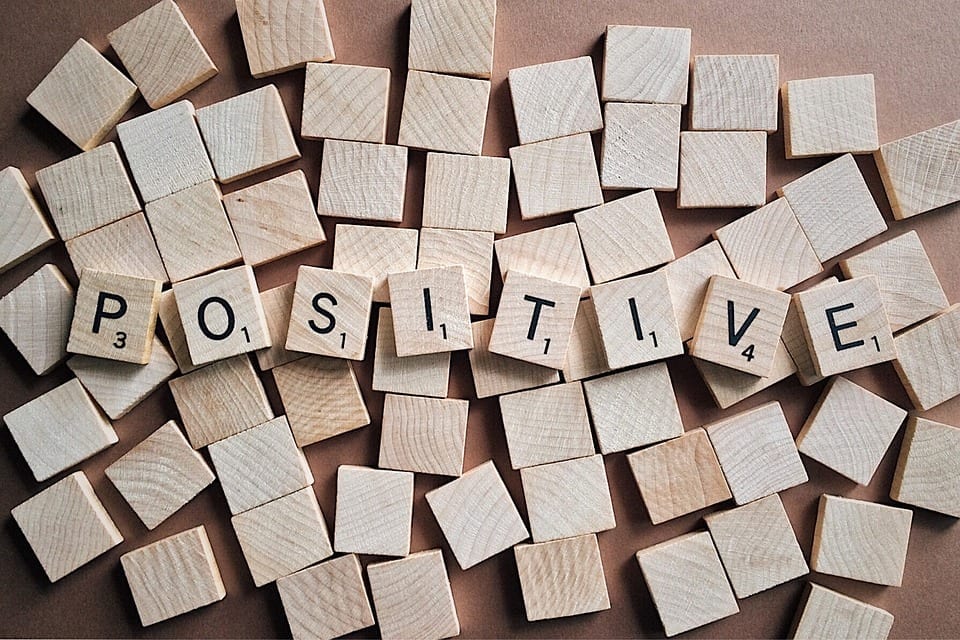
Spatial Requirements: Classroom with moderate space required
Activity Type: Movement/group or object lesson
Grades: K-12
Group Size: 10 or more
Time: 10 minutes (object lesson); 20 minutes (group activity)
Introduction: When conflicts arise, a common defense mechanism is to attack the person involved. This negative response doesn’t resolve the conflict but generally escalates it, making it more difficult to mend as time goes on. A better solution is to attack the problem while showing respect for the people involved. This activity will reinforce this concept to students.
Materials:
- 1 roll of masking tape
- 3 empty soda pop cans per team of 5
- 3 pieces of letter-size paper per team of 5
Activity:
Once the class has been divided into teams of five, create a starting line on the floor with the masking tape. Have each team crumple their three pieces of paper into three balls, then make a pyramid out of their cans –two cans on bottom and one on top – about five feet away from the starting line. This distance can be adjusted depending on the age group.
Explain to the teams that the top can represents the problems that arise from conflicts, and the bottom two cans represent the people involved. Explain that it is important to talk about the problem or issue when trying to resolve a conflict, but it is not OK to attack the people involved. Each player will have three tries, using the three paper balls, to knock the top can off the pyramid while leaving the two bottom cans standing upright. Each time a player does this, their team receives 100 points. After a player makes three throws, he or she retrieves the paper balls and hands them over to the next player, then proceeds to the back of the line. When the entire team has had a chance to throw, the round is over. You may want to give the teams one practice round before the official scoring round begins. At the end of the challenge, report the team scores to the group.
Processing the Experience:
- Did achieving the goal become easier after practice?
- What methods did you use to knock over the top can alone?
- How did you feel when you knocked over the bottom cans?
- What motivated you to keep trying?
- How does this apply to negative defense mechanisms?
- Why is it sometimes difficult to attack the problem and not the person involved?
- Why is attacking others not a successful defense mechanism?
- How can you stay in control when someone else is attacking you?
- What are some conflicts we’ll most likely face in life? How can we resolve them in a positive way?
- How can respecting everyone – regardless of the circumstances – benefit you in life?